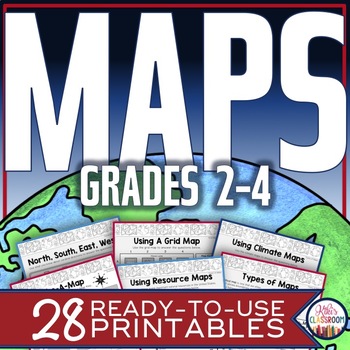


Words of this kind will become familiar the more of Shakespeare’s plays you read. In the opening scenes of Romeo and Juliet, for example, you will find the words misadventured (i.e., unlucky), an (i.e., if), marry (an old oath “by the Virgin Mary,” which had by Shakespeare’s time become a mere interjection, like “indeed”), and soft (an interjection that means “hold,” “enough,” or “wait a minute”). Some are unfamiliar simply because we no longer use them. Shakespeare’s WordsĪs you begin to read the opening scenes of a play by Shakespeare, you may notice occasional unfamiliar words. When we are reading on our own, we must do what each actor does: go over the lines (often with a dictionary close at hand) until the puzzles are solved and the lines yield up their poetry and the characters speak in words and phrases that are, suddenly, rewarding and wonderfully memorable. In the theater, most of these difficulties are solved for us by actors who study the language and articulate it for us so that the essential meaning is heard-or, when combined with stage action, is at least felt. Most of his vocabulary is still in use, but a few of his words are no longer used, and many of his words now have meanings quite different from those they had in the sixteenth and seventeenth centuries. More than four hundred years of “static”-caused by changes in language and in life-intervene between his speaking and our hearing.

And even those skilled in reading unusual sentence structures may have occasional trouble with Shakespeare’s words. Others, however, need to develop the skills of untangling unusual sentence structures and of recognizing and understanding poetic compressions, omissions, and wordplay.

Those who have studied Latin (or even French or German or Spanish) and those who are used to reading poetry will have little difficulty understanding the language of poetic drama. It is indicated both in the dialogues of the characters and in the didascalias.For many people today, reading Shakespeare’s language can be a problem-but it is a problem that can be solved. It is the time that actors share with spectators – present time – in the same way as space. The stage directions translate into changes of scenery, costumes, lights, sounds… Modalities of time in the drama: 1) Scenic time, the time of the theatrical performance, shared by actors and spectators. The purpose of a parenthesis is to clarify the tone or purpose of the subsequent dialogue if it is not already clear in the context of the scene.
TYPES OF DIRECTIONS IN A PLAYWORDS ISO
The standards that govern the characteristics of the dimensions are: UNE 1-133-75 and ISO 2595-1973.Ī parenthesis is a parenthetical instruction or description that appears after a character element (someone’s name) and, rarely, mid-dialogue.
TYPES OF DIRECTIONS IN A PLAYWORDS SERIES
What are stage directions in a dialogue? As you undoubtedly know, stage directions are those explanatory phrases that accompany the dialogue, and that appear when the character has finished speaking (or in his pauses).ĭimensioning is the process of annotating, by means of lines, figures, signs and symbols, the measurements of an object, on a previous drawing of the same, following a series of rules and conventions, established by means of norms. What are stage directions in the theatrical text? This implies the scenery, the movement of the characters, their facial expression. The stage direction is any text not spoken by the actors (it usually appears in italics and in parentheses) that sets the physical details of the scene. In the theater, stage directions refer to the notes or comments of a descriptive nature that the author includes in the play to explain details related to the movements and actions of the characters on stage, as well as everything related to the staging. What is a stage direction in a play examples? They can be bold or italicized to further differentiate them from the text. All are usually represented between parentheses ( ), square brackets, or quotes “ ”. In general, there are two types of stage directions, those that are placed in normal texts, which are called common stage directions, and those of theater or cinema.


 0 kommentar(er)
0 kommentar(er)
